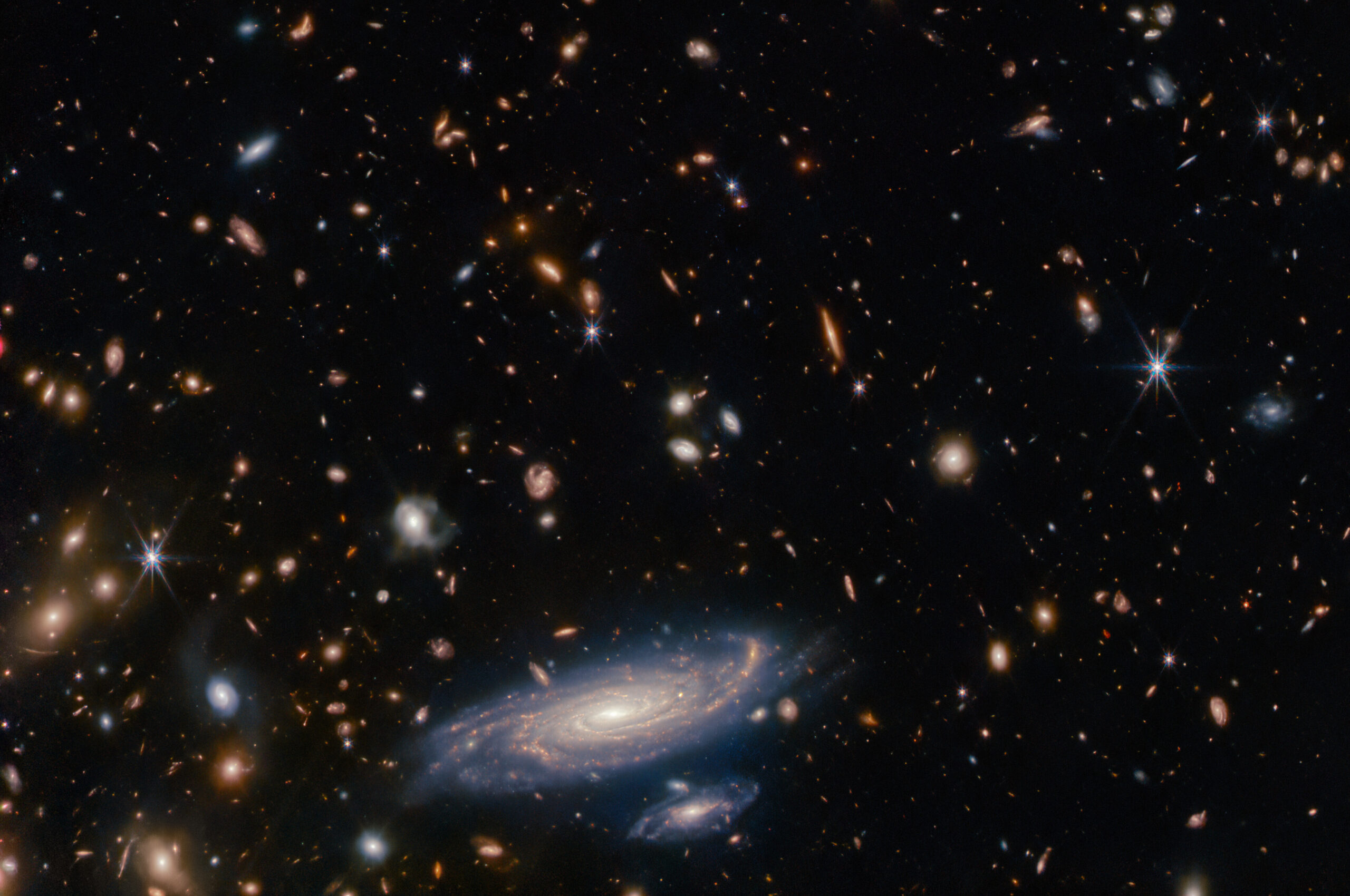In 1995, ISSI was founded, and guess what? It was also the year 51 Pegasi b was discovered, making it the first exoplanet found orbiting a star just like our Sun.
Mark your calendars for June 19, 2025, because ISSI is bringing together some incredible speakers. We will have Michel Mayor, Doug Lin, and Carole Mundell sharing their expertise, along with Didier Queloz, Sara Seager, Jonathan Lunine, and Laura Kreidberg. And to top it all off, we have got Thomas Zurbuchen as the moderator and Willy Benz as our Master of Ceremonies. This is going to be an event you won’t want to miss!
So, come on down to the University of Bern (or watch the live stream) and join us for our event of the year!
The world of astronomy assembled in South Africa🇿🇦, for the first time.
ISSI was there, too.
Farewell to Our Long-Term Assistant to the Executive Director, Silvia Wenger.
The recent conference, “The Economics and Law of Space-Based Commerce,” convened here in Bern, Switzerland, brought together key stakeholders and researchers from diverse fields, including economics, law, politics, and space sciences. The event tackled pressing questions surrounding the governance framework for private actors in space commerce.
